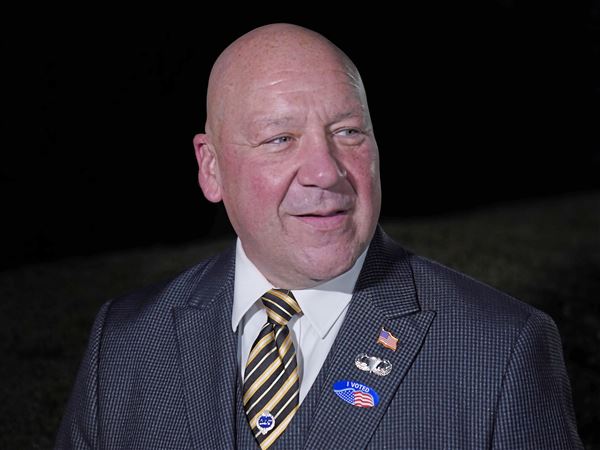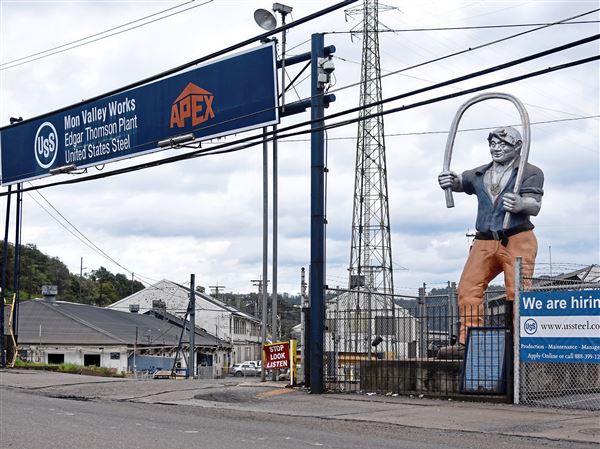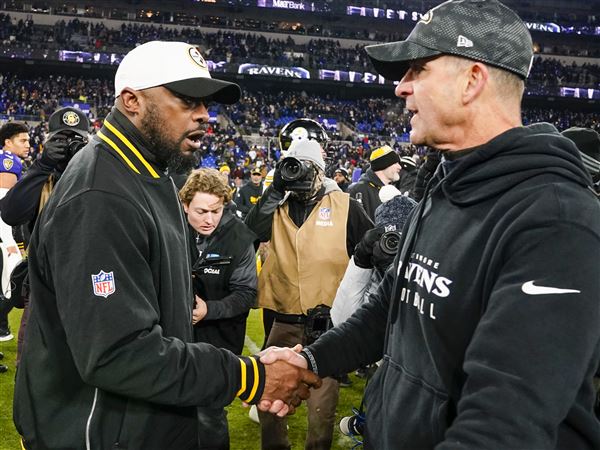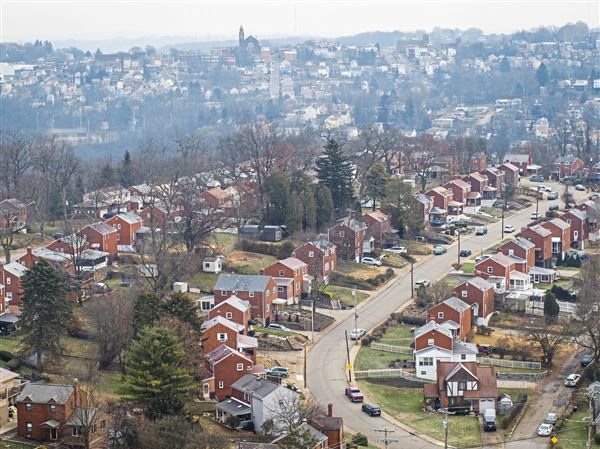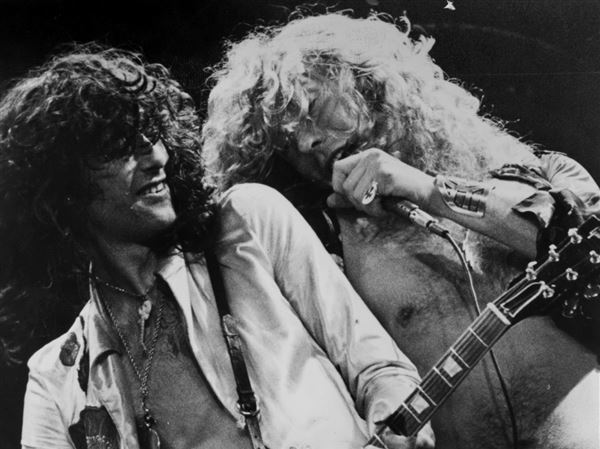Like a downed power line, fear sparks and arcs through modern American life, and even when its dangerous energy isn't visible, we can't tune out its unnerving crackle.
If you feel shockingly high anxiety these days, and wonder why it got this way, Elaine Tyler May's “Fortress America: How We Embraced Fear and Abandoned Democracy” offers some answers. From the A bomb to Donald Trump, the backyard pool to the prepper's basement, it chronicles the lowering of our personal portcullises — but stops just short of tying it all together.
Basic Books ($30).
Ms. May, a professor of American studies at the University of Minnesota starts with those simpler days of McCarthyism and duck-and-cover drills, when our big worries were global nuclear war and creeping communism. Those fears, she argues in her sixth book, underwrote the suburban sprawl that gutted cities and towns. Besides being distant from likely ground zeroes, “suburban single-family dwellings [were portrayed] as a bulwark against communist infiltration,” writes Ms. May, backing it up with quotes from thought leaders of the period.
To communism and nukes, add white fear of desegregation, and you've got a trio of phobias that reshaped our society, according to Ms. May. One sad example: The abandonment, by many whites, of the traditional public pool in favor of the private, backyard version. “Swimming pools may seem a benign accoutrement of the 'good life' in the postwar years,” she writes. “But they represent a significant turn away from engagement in public activities and toward a more private life.”
As Americans withdrew from their communities, it became easier to believe in bugaboos such as the purely theoretical “superpredators” of the 1990s and the almost-only-in-Hollywood serial kidnappers of the 2000s. “Parents worried that sexual predators were on the loose, and on the prowl for children,” Ms. May writes. For the most part, they weren't. “By the early twenty-first century, children taken by strangers represented about 0.01 percent ( … or 1 in 10,000) of all missing children in the United States.” The other 9,999 out of 10,000 were taken by people they knew – usually family members.
While superpredators and stranger kidnappers were mostly figments of our imaginations, our reactions to these terrors were very real, and damaging. Surging gun purchases by an armed-to-the-teeth minority. Vigilante killings and stand-your-ground laws. Mandatory minimum sentencing, even for nonviolent crimes. Gated communities, Hummers and preppers. Childhoods lived with barely an unsupervised moment.
Then came Sept. 11, bringing with it a surge of xenophobia that, Ms. May argues, led by a winding road to President Trump. “Fifteen years after the attacks of Sept. 11, 2001, Donald Trump won the presidency by promising, essentially, to turn the entire country into a gated community,” she writes. “Trump's election in many ways marked the triumph of fortress America, with its pro-gun policies, legal vigilantism, mass incarceration, anti-immigrant sentiments, antipathy to women's and minority rights, fortified homes and vehicles, and deep-seated hostility to government.”
Like a bacteria in the water supply, paranoia spreads via politics. “These fears have informed and sanctioned a public policy turn to the right,” Ms. May writes. We should be worried about the erosion of our economic security, she suggests, rather than wildly exaggerated threats. “But as the nation's politics moves to the right, the conservative emphasis on individual responsibility and a faith in the marketplace left many families to fend for themselves.”
This wasn't inevitable. As Ms. May points out, other modern, developed societies somehow survive without sequestering their children, locking up one in 100 adults and expanding the right to bear arms to include places like college campuses.
“Fortress America” puts much of the blame on an axis of anxiety including politicians, big media and entertainment, and an array of profiteers ranging from gun makers to security firms. It connects some of those dots. The National Rifle Association's mid-1970s turn from a marksmanship organization to a political puppet master, for instance, is a clear example of fear metastasizing from industry to politics. Still, I found myself wanting a deeper investigation of the late-20th-century symbiosis between fear-mongering media, business and politics.
The backlash against fearocracy includes the Women's March, Black Lives Matter, rejuvenated journalism and even a revolt in the research community against pseudoscience, Ms. May writes. “If, rather than retreating from each other, Americans could come together in mutual trust and support, democracy might yet flourish.” She stops short of predicting an end to our era of enervation. Even if the only thing we have to fear is fear, that's scary enough.
Rich Lord: rlord@post-gazette.com or 412-263-1542. Twitter: @richelord.
First Published: February 18, 2018, 12:00 p.m.
